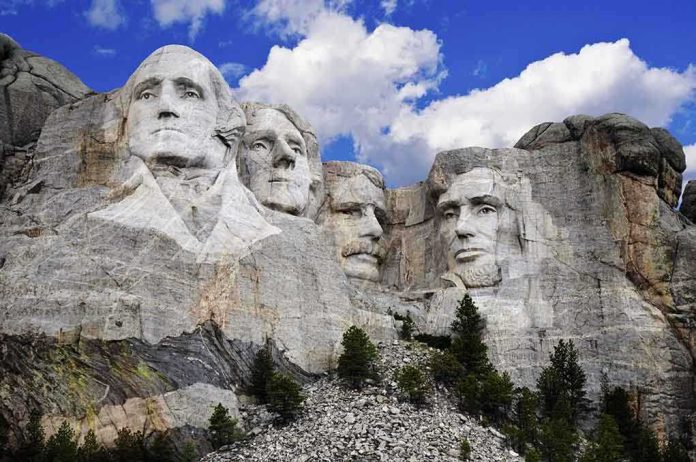
Would you believe it? Our national parks, those breathtaking symbols of American beauty, are now considering hiking entrance fees, but only for foreign visitors. What’s going on, you ask?
At a Glance
- Legislation proposes higher national park entry fees for international tourists.
- National parks have seen a surge in foreign visitors, reshaping park management.
- The National Park Service (NPS) is expanding multilingual services to accommodate diverse visitors.
- Local communities benefit economically from increased tourism, but face crowding challenges.
Foreign Visitors Flock to National Parks
Our national parks have always been a source of pride and joy, drawing millions to witness their majesty. Recent trends reveal a significant uptick in international tourists, with visitors from China, Europe, and Latin America leading the charge. This influx has prompted the National Park Service (NPS) to rethink its strategies, expanding multilingual services and hiring bilingual rangers. But with this growth comes a new challenge—how to balance the increasing visitor numbers with the preservation of these cherished lands.
The NPS has responded by providing materials in multiple languages, including Spanish, Mandarin, and French, and employing rangers fluent in these languages. While this approach fosters inclusivity and enhances visitor experiences, concerns loom over the potential impacts on park resources and local communities.
Legislation and Economic Impact
In light of this surge, legislation is being proposed to increase park entry fees for foreign visitors. The reasoning? To bolster funding for park maintenance and resource protection, ensuring that these natural wonders remain unimpaired for future generations. This move is seen as a way to capitalize on the economic benefits brought by international tourists while addressing the strain on park infrastructure.
Local communities surrounding these parks have experienced an economic boost from the increased tourism. Businesses flourish, and job opportunities arise. However, the flip side reveals challenges such as crowding, strain on resources, and the need for improved infrastructure to accommodate the growing number of visitors.
Balancing Access and Preservation
The National Park Service faces the delicate task of managing this influx while preserving the integrity of the parks. The proposed fee increase aims to strike a balance between welcoming international visitors and ensuring that parks are not overrun or damaged. By levying higher fees on foreign tourists, parks hope to secure additional funds dedicated to maintenance and preservation.
While some see this as a practical solution, others worry about potential repercussions, such as deterring international visitors or appearing unwelcoming. The NPS remains committed to finding a middle ground that honors both the parks’ cultural significance and their role as global destinations.
Looking Ahead
As we move forward, the conversation around national park accessibility and sustainability is more important than ever. The proposed fee legislation reflects an evolving understanding of the parks’ global appeal and the responsibility to protect them. Continuous research and adaptive management are crucial to ensuring that these natural treasures remain accessible and sustainable for all visitors, domestic and international alike.
The debate on this issue is far from over, and as always, common sense and conservative values must guide us in making decisions that protect what we hold dear. Our national parks are not just American treasures; they are global icons, and it’s up to us to safeguard them.



